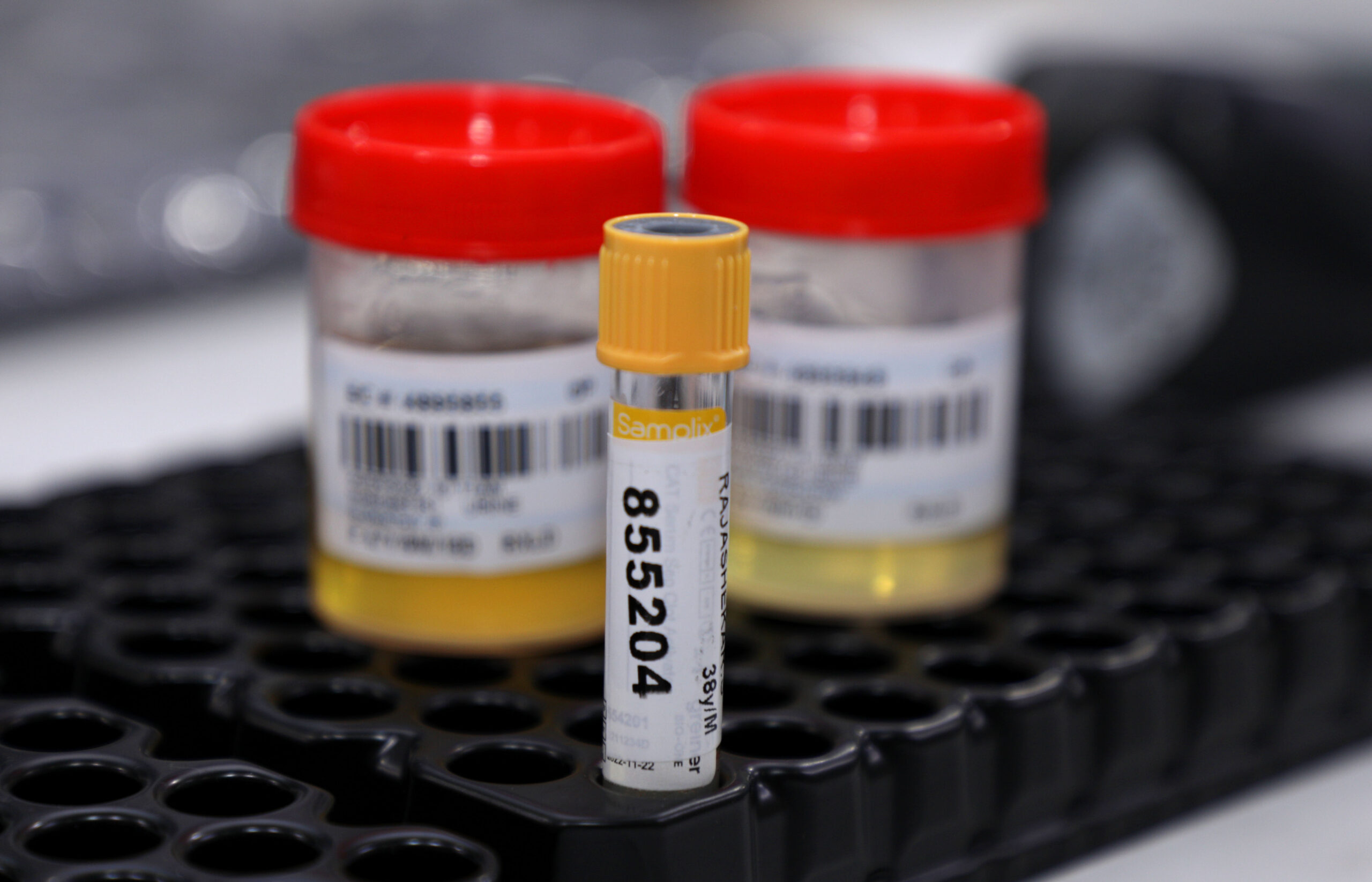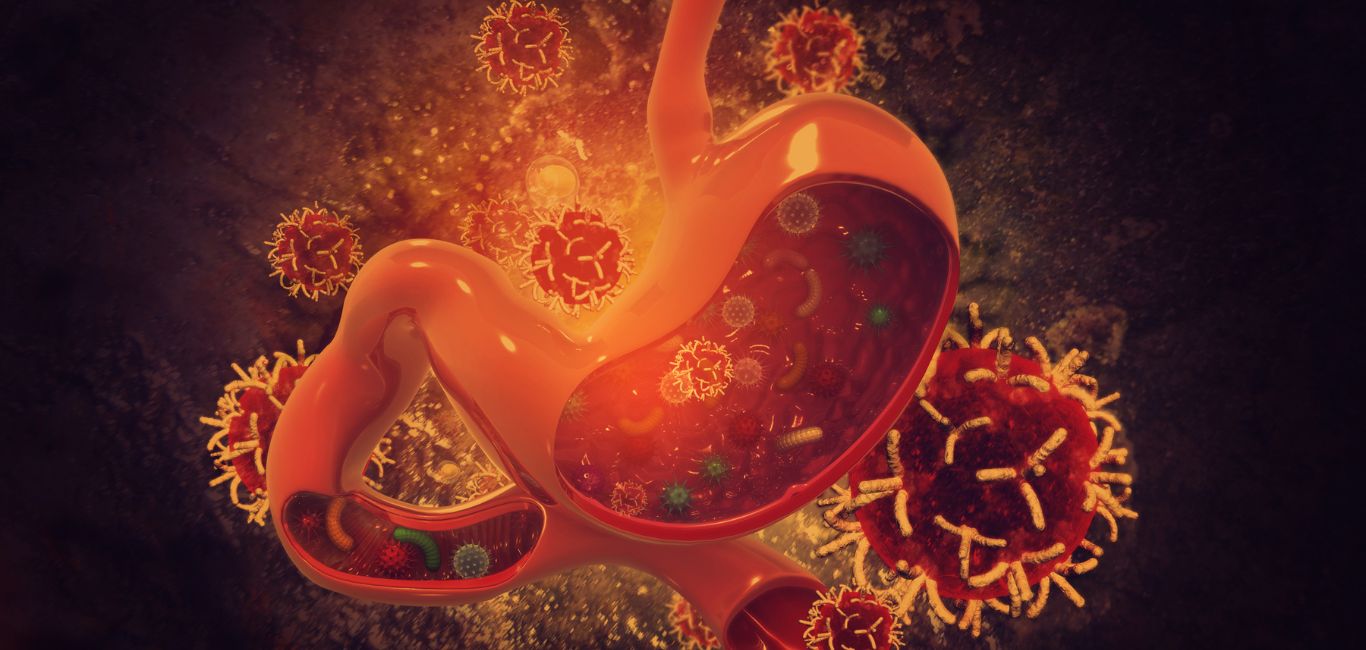
Amoebiasis or amoebic dysentery is an infection in humans caused by the protozoan parasite Entamoeba histolytica. It is a common infection of the intestinal tract, but less than 20 per cent of infected people become sick.
The main risk groups for acute infection and mortality are children, pregnant women, people who are malnourished or have a history of alcoholism.
While these infections are generally limited to the gastro-intestinal tract, they can spread to other organs. The liver is usually affected, resulting in an abscess. Rarely, amoebiasis can spread to the lungs, heart, and brain.
Amoebiasis affects men and women equally, except when it invades the liver, in which case men are vulnerable. This is likely as alcoholism is seen much more among men than women.
It is endemic in countries like India, China, Mexico and other developing countries which have poor sanitation facilities.
Symptoms
Common symptoms of mild amoebiasis include
- Loose stools, pain and cramps in the stomach.
- Severe or acute infection can cause increased pain, fever and frequent stools with blood.
- Chronic amoebiasis is associated with stomach pain, loose stools and complaints of fatigue and loss of weight.
Causes
Infection is usually transmitted when a person consumes food and water which have been contaminated by human faeces – which is in turn due to poor hygiene practices.
The single-celled protozoan parasite Entamoeba histolytica which is responsible for the contamination exists in two forms:
- Cysts, which are present in the faeces of infected persons, can survive for several days in faeces and contaminated water. Infection can spread easily through people who do not follow proper sanitary hygiene. When such people handle food with unwashed hands, infection is caused by this faecal-oral route. This is commonly observed with road-side vendors and eateries operating in unclean premises.
- Trophozoites arise from the cysts in the small intestine and further divide in the large intestine to form cysts. Trophozoites are easily destroyed by gastric juices, cannot survive for long outside the human body and are generally non-infective.
- Transmission can also occur through house flies, cockroaches and rats as vectors.
- Amoebiasis can spread rapidly among people living in hostels, prisons and other institutions with shared toilet facilities.
- Usage of night soil as manure for agriculture is also a contributing factor in South Asian countries.
- Incidents of sewage mixing with community water supply can lead to sudden outbreaks or epidemics of amoebiasis.
Diagnosis
Microscopy
- Histolytica can be identified microscopically from stool samples of infected persons. Sometimes multiple stool samples may be required.
- But it is difficult to microscopically differentiate histolytica from similar parasites like E. dispar and E. moshkovskii which are relatively less harmful.
Serum
- Antigen detection using ELISA, radioimmunoassay or immunofluorescence.
- Antibody detection is done using Enzyme Immunoassay (EIA) for extra-intestinal disease.
- Indirect Haemagglutination (IHA) is the most sensitive test. But only a negative result can be used to exclude infection. This is because a current infection or a past infection both give a positive result.
- If there is an extra-intestinal infection, a blood sample can be used to make the diagnosis. But again, this will show up a positive result with someone who has a history of amoebiasis, even if no current infection exists.
- Polymerase Chain Reaction (PCR) tests can help to differentiate between E. histolytica and other parasites. But these are expensive.
CT scans and MRI can be used in case of amoebic liver abscess and cerebral infection.
Colonoscopy can be used to take biopsies and confirm intestinal amoebiasis.
Treatment and recovery
The drug of choice is nitroimidazole, ex. metronidazole.
- For tissue infections and invasive disease,
- For both prevention and treatment.
As a follow-up to metronidazole, luminal agents such as Paromycin are usually given
- For lumen infections,
- To eliminate cysts,
- And for asymptomatic carriers.
Severe infections require the use of broad-spectrum antibiotics. Amoebic liver abscess (pus formation) requires surgical drainage if the abscess is large and threatening to rupture.
Patients with amoebiasis recover well with treatment, provided it is on time.
Most patients will recover in 2 weeks. But if left untreated, it can lead to serious consequences.
Amoebiasis can be prevented by:
- Thoroughly washing hands with soap after using the toilet.
- Cleaning fruits and vegetables before consuming them.
- Not eating cut or peeled fruits sold by street vendors.
- Drinking water that is boiled or bottled.
- Avoiding road-side eateries.
Dr Vijay K is a dental surgeon with two decades of clinical practice behind him. This includes a stint in academics, and almost a decade in the Middle East. He is now pursuing a long-held passion for writing, blogging and anything to do with data

















